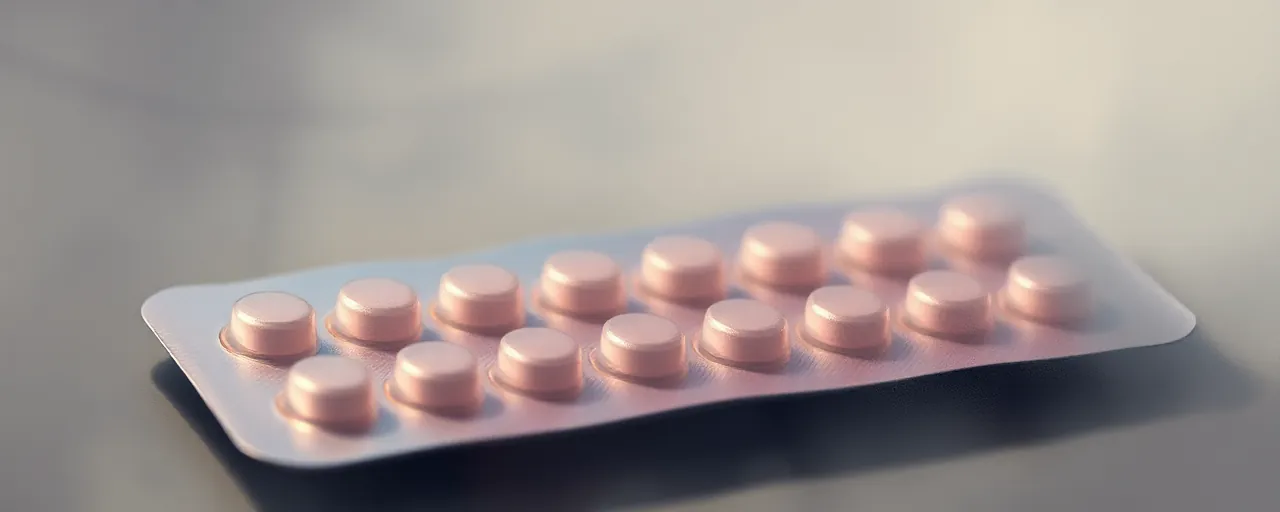A Costly Proposal Hits the Spotlight
A proposed 25% tariff on pharmaceutical imports has ignited a fierce debate in the United States, with a new report estimating it could increase drug costs by $51 billion each year. The study, commissioned by the pharmaceutical industry’s U.S. trade group, warns that if manufacturers pass on the full cost, consumers could face price hikes of up to 12.9%. For a nation already grappling with high prescription drug prices, the proposal raises questions about balancing economic goals with healthcare affordability.
The U.S. imported $203 billion in pharmaceutical goods in 2023, with nearly three-quarters coming from Europe. Tariffs aim to boost domestic manufacturing and reduce reliance on foreign supply chains, a priority for some policymakers who see it as a matter of economic and national security. Yet the immediate impact could hit patients hardest, as higher costs ripple through pharmacies and insurance plans.
This isn’t the first time trade policies have collided with healthcare needs. Past tariffs on medical supplies and drug ingredients have driven up costs, often with uneven results. The current proposal arrives amid broader efforts to address drug affordability, making its potential consequences a focal point for patients, manufacturers, and lawmakers alike.
At its core, the debate hinges on a trade-off: can the U.S. strengthen its pharmaceutical industry without pricing out the very people who depend on its products? The answer remains uncertain, but the stakes are undeniably high.
The Economic Ripple Effect
The economic implications of pharmaceutical tariffs are far-reaching. Beyond the $51 billion increase in drug expenditures, the report highlights higher production costs for U.S. manufacturers. Many drugs rely on imported active pharmaceutical ingredients (APIs), and tariffs would raise the price of these critical components, potentially by over 4%. This could erode the global competitiveness of American-made drugs, particularly generics, which make up 90% of prescriptions but operate on razor-thin margins.
Generic drugs, often seen as a lifeline for affordable healthcare, are especially vulnerable. If manufacturers can’t absorb the added costs, some may exit the market, leading to shortages of essential medications. The U.S. has already faced periodic drug shortages in recent years, with disruptions in supply chains exposing the fragility of globalized production. Tariffs could exacerbate this, leaving patients scrambling for alternatives.
Shifting production to the U.S. sounds appealing but isn’t a quick fix. Building new manufacturing facilities requires years of investment and regulatory approvals. In the meantime, higher costs could translate to pricier prescriptions, higher insurance premiums, and increased out-of-pocket expenses, particularly for low-income and elderly Americans who rely on fixed incomes.
Trade tensions add another layer of complexity. If other countries respond with retaliatory tariffs, U.S. drug exports could take a hit, threatening jobs and further disrupting the global supply chain. The pharmaceutical sector, long shielded from tariffs to protect public health, now faces an uncertain future.
Voices on Both Sides
Advocates for tariffs argue they’re a necessary step to revitalize U.S. manufacturing. They point to national security risks of depending on foreign nations for critical medicines, especially amid geopolitical tensions. By incentivizing domestic production, supporters say tariffs could create jobs and ensure a stable supply of drugs, reducing vulnerabilities exposed during past global disruptions like the COVID-19 pandemic.
On the other hand, patient advocacy groups and healthcare providers warn of dire consequences. Higher drug prices could force many Americans to skip doses or forgo treatment altogether, a problem already affecting one in three adults. With U.S. drug prices already 2.78 times higher than in other developed countries, additional increases could deepen the affordability crisis, particularly for brand-name medications that drive much of the spending.
The pharmaceutical industry itself is caught in the middle. While some companies with U.S.-based manufacturing might benefit, others reliant on global supply chains face higher costs and logistical headaches. Industry leaders have long emphasized the need for innovation, arguing that price hikes are necessary to fund research. Yet critics counter that profits often outpace R&D spending, and tariffs could simply pad bottom lines at patients’ expense.
A Broader Policy Puzzle
The tariff proposal doesn’t exist in a vacuum. It comes as the U.S. grapples with broader efforts to rein in drug costs. The Inflation Reduction Act of 2022 introduced measures like Medicare price negotiations and a $2,000 annual cap on out-of-pocket costs for Medicare beneficiaries, set to take effect this year. These reforms, while significant, cover only a fraction of the population and face legal challenges from the pharmaceutical industry.
State legislatures are also stepping in, with nearly a thousand bills in 2025 aimed at improving drug affordability. Proposals range from requiring price transparency in drug ads to expanding access to generics. Yet the industry’s lobbying power, one of the largest in Washington, has slowed progress, ensuring that sweeping reforms remain elusive.
Tariffs could complicate these efforts. If prices rise, the savings from recent reforms might evaporate, leaving patients no better off. The tension between trade policy and healthcare goals underscores a broader challenge: how to balance economic ambition with the immediate needs of millions who depend on affordable medication.
Looking Ahead
The proposed tariffs have sparked a reckoning about the U.S. pharmaceutical landscape. Policymakers face a delicate task: fostering domestic industry without undermining access to life-saving drugs. The report’s $51 billion price tag is a stark reminder that well-intentioned policies can carry steep costs, especially in a sector as complex and interconnected as pharmaceuticals.
For now, the debate continues, with patients, manufacturers, and lawmakers weighing the trade-offs. The path forward will require careful consideration of economic realities, public health priorities, and the voices of those most affected. Whatever the outcome, the ripple effects will shape the cost and availability of medicines for years to come.
